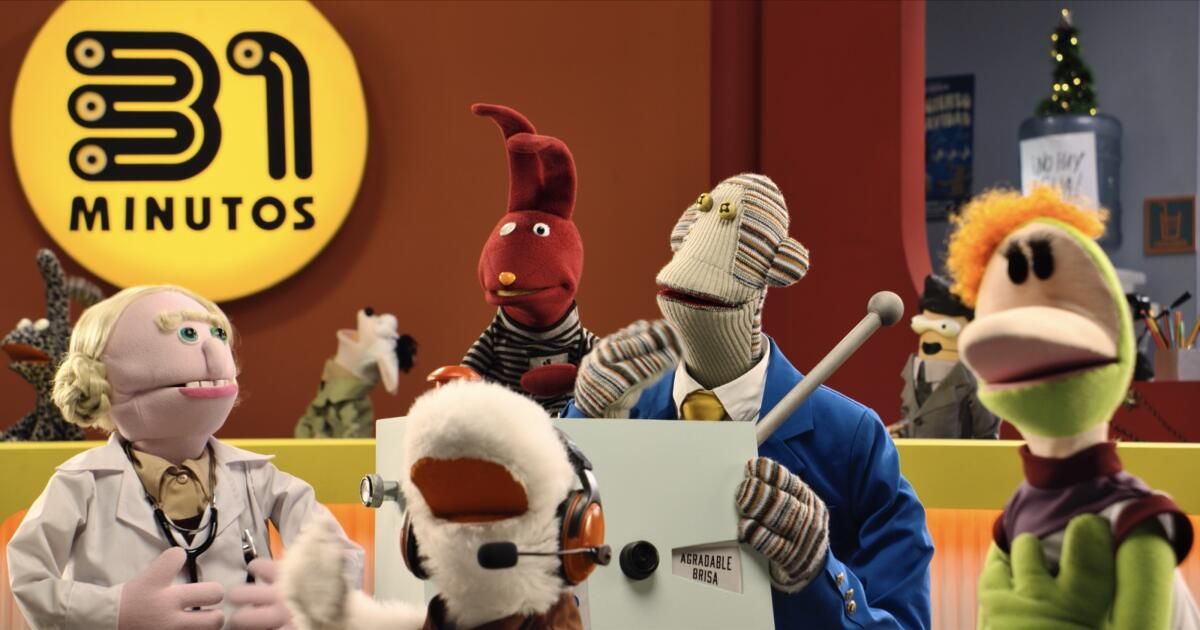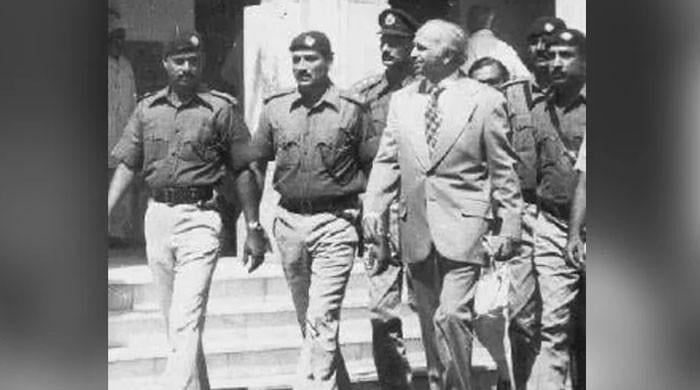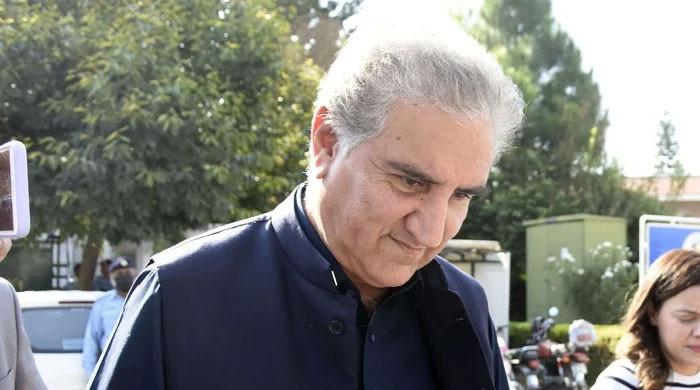Egocentric news anchor Tulio Triviño and his best friend, reporter Juan Carlos Bodoque, who has a gambling problem, have entertained audiences for 22 years. Neither of them has aged a day. That's because they are hand puppets (a monkey in a suit and a red rabbit in a striped shirt, respectively) fronting the beloved Chilean television show “31 Minutos.”
Initially conceived as a children's program for Chilean public television, “31 Minutes” debuted in March 2003 and now has four seasons. A parody of a traditional newscast, the irreverent concept features dozens of quirky puppets populating the fictional town of Titirilquén. Their misadventures and markedly absurd reports are accompanied by original songs full of humor and wordplay.
“The Muppets and 'Sesame Street' have been a huge inspiration for us,” says co-creator Pedro Peirano speaking in Spanish from Santiago, Chile, during a recent Zoom interview. “But we mix that with a more Latin American idiosyncrasy, so it's familiar but very different.”
Peirano voices and puppeteers Tulio, while Álvaro Díaz, the show's other co-creator, brings Bodoque (who started out as a green toad before taking his rabbit form) to life. Among his cloth friends are Patana, Tulio's niece who is a duck, the field reporter Mario Hugo, a chihuahua in a suit, and Juanín, a white, hairy creature with no visible eyes, the producer of the newscast.
“What we set out to do, I don't know if consciously, was to create characters that are not models of anything,” says Peirano. “They have their flaws and their virtues; in fact, they have more flaws, especially Tulio, who is a villain, but he is also the face of the show.”
Over the years, as the show's popularity grew in Latin America, “31 Minutes” transcended the small screen and spread to other formats. Through Aplaplac, their production company, Díaz and Peirano have created “31 Minutes” live shows that tour the region, a feature film released in theaters, and even an ambitious museum exhibit.
This fall, “31 Minutes” sets its sights on the global market with the release of “Calurosa Navidad,” its first special for Prime Video, airing Friday. The Spanish-language film comes on the heels of another big moment for the puppet troupe, when they performed some of their hits on NPR's “Tiny Desk” last month.

Co-creators Álvaro Díaz, left, and Pedro Peirano on the set of “31 Minutes: Warm Christmas.” (Sebastián Utreras)
Although “31 Minutes” emerged as children's programming, Díaz and Peirano sidestepped expectations of message-based stories.
“In Latin America we tend to confuse children's television with educational television, as if everything had to be an extension of school,” says Díaz. “We wanted to quickly transform it into a more family-friendly show.”
The duo met while studying journalism at the University of Chile in the late 1980s, as the country was transitioning from a dictatorship to a democracy. It was their compatible humor, a shared interest in film, and desire to explore a variety of media that brought them together.
“We had a lot of free time to develop our interests,” says Díaz. “And you connect through those interests, even more so if they are based on your personality or your origins.”
Before “31 Minutes,” Díaz and Peirano already had experience working in written media and television, so their impulse was to parody the news world they knew.
When they first developed the show, which they produced after securing public funding, the puppets appeared somewhat organically, Díaz says, because neither he nor Peirano wanted to be on camera. And since the project was originally aimed at children, it seemed appropriate.

A scene from “31 Minutes: A Warm Christmas” on Prime Video. “We believed that by putting puppets in front of the camera, initially very simple puppets, children would immediately identify with them,” says co-creator Álvaro Díaz.
(Amazon MGM Studios)
“We believed that by putting puppets in front of the camera, initially very simple puppets, the children would immediately identify with them and we would not be forced to emphasize the children's tone so much,” recalls Díaz. “On the contrary, puppets were a vehicle that allowed us to tell stories that interested us.”
And while it was Díaz who first suggested puppets, Peirano, who is also a comic book author, was a fan of Jim Henson and the worlds he created, including more adult films like “The Dark Crystal.” The first puppets they used were those that Peirano made when he was a child. As self-taught puppeteers, Díaz and Peirano honed their craft along the way.
“It's much cheaper and faster to make puppets and create this fantasy world than it is to produce animation,” Peirano says. “Puppets have an immediacy that also makes them fun to act with and improvise.”
As is often the case with children's shows, they needed to incorporate music. Peirano brought his friend Pablo Ilabaca, the guitarist and composer of the Chilean rock band Chancho en Piedra, who had tangentially created songs that could work for the show.
“He showed us that music and we immediately felt that the sound of '31 Minutes' was there,” Díaz says. “There was a lo-fi quality to it. There was something heartfelt about it that wasn't necessarily childish in tone but had a lightness to it. And we could add lyrics to that music.”
The editorial line of the songs was to validate childhood experiences without trying to impart life lessons, recognizing those feelings through comedy.
“There is a song called 'White Tooth' [White Tooth]For example, it is not about the importance of brushing or taking care of your teeth but, rather, about a child saying goodbye to a tooth that he was very fond of,” explains Díaz.
As a father of three children (who he hopes will eventually take over leadership of the show), Díaz operates from the conviction that young audiences deserve quality content that is neither condescending nor simplistic.
“Entertainment options for children in Latin America, and in general throughout the world, are very poor,” says Díaz. “It's mostly about extracting money from parents with disappointing offers. As a sort of guiding principle of '31 Minutes,' we want these options to improve.”
“31 Minutes” quickly took root in Chilean popular culture. Peirano remembers the exact moment he realized his intergenerational influence.
“I heard someone whistling the show's theme song, and it wasn't a kid, it was an adult sweeping the street,” he says. “That was the first time I was like, 'That's weird, someone is actually watching it!' “

Pedro Peirano remembers the moment he realized that “31 Minutos” was taking root in Chilean pop culture. “I heard someone whistling the show's theme song, and it wasn't a kid, it was an adult sweeping the street,” he says.
(Sebastián Utreras)
For Díaz, it was when he heard the album with the first batch of songs, released about four months after the program's debut, playing in multiple record stores in Santiago. Shortly after, they saw their first pirated merchandise: a toy version of Mico, the Microphone, a character that is nothing more than a microphone with googly eyes that street vendors could easily replicate.
Internationally, Mexico became a key market for “31 Minutes.” The creators first became aware of that country's adoration for the show when an email address where viewers could write to Tulio was inundated with more messages from Mexico than from Chile.
In 2009, a tribute album, “Yo Never Vi Televisión,” was released, where Mexican and Chilean bands reinterpreted songs from “31 Minutos.” The program's exhibition, “Museo 31,” visited two Mexican cities (Mexico City and Monterrey) between 2024 and 2025 after passing through Santiago at the La Moneda Cultural Center.
Díaz believes “31 Minutes” benefited from evolving in front of a young audience that accepted the show's quirks at face value. In his opinion, today's industry requires that every narrative choice be justified with substantial meaning.
“Now you have to write with an explicit intention and give coherence to everything, as if life were a series of very coherent interconnections,” says Díaz. “It's impossible to do something like '31 Minutes' today.”
This is especially true, in his eyes, of the American entertainment industry, where one must “understand fun down to the smallest detail” before anything has even been produced.
“A lot of the fun of making '31 Minutes' has to do with spontaneity,” Díaz says.
However, their “Tiny Desk” concert and Christmas special have brought them closer to American audiences so far.
To prepare for their performance of “Tiny Desk,” which features some of the show's most iconic puppets, the “31 Minutos” team recreated the set in Santiago, a famous tight space where bands meet between a desk and overflowing bookshelves. “We had to reduce the idea of '31 minutes' to 20 minutes in a small space, without lighting, without special effects,” explains Díaz.

Taking advantage of current events, the running joke of their appearance on “Tiny Desk” is that their work visas will expire immediately after performing.
“We had no intention of making a political statement, but since we were in the United States, what was the joke in the air? That they were going to kick us; as Latin Americans, the joke was always that the United States wanted us out,” says Peirano. “In the end, it's still a comment, and we included this crocodile puppet. [as an immigration agent] because that's the satirical nature of '31 Minutes'. “
Meanwhile, making “A Warm Christmas” for Prime Video fulfilled his goal of entering the streaming space. Amazon was interested in genre films and opted for a Christmas one.
“31 Minutes” fans will recognize that the story, in which Bodoque has to find Santa and take him to heat-stricken Titirilquén; is a story expansion of a previous Christmas special episode that later evolved into a live Christmas show. The cheeky charm remains intact, but will now be accessible to a global audience.
Currently, Peirano divides his time between Santiago and Los Angeles. In the US, far from the media empire that “31 Minutes” has built in Latin America, he works as a screenwriter. His credits include the HBO series “Perry Mason.” He is working on a project for the horror group Blumhouse with his collaborator Mauricio Katz. The two recently signed an exclusive overall deal with Sony Pictures Television.
But don't expect Tulio or Bodoque to speak English any time soon or for their adventures to take place outside of their South American homeland. Díaz has no desire to leave Chile.
“I live five kilometers from the hospital where I was born. And that's the furthest I can be,” he says. “Chile is the reality that I understand and, above all, that nourishes us. I like to travel and tour, but I hope things always happen here, with the people we know here.”
Diaz cites director Peter Jackson's ethos in establishing WETA FX, a world-renowned digital effects company, in his home country of New Zealand rather than moving abroad, as a mentality that resembles his own, although certainly on a smaller scale.
“What we defend in '31 Minutes' is the artistic excellence of Chile,” adds Díaz. “From Chile to Latin America first and hopefully from Chile to the world.”












